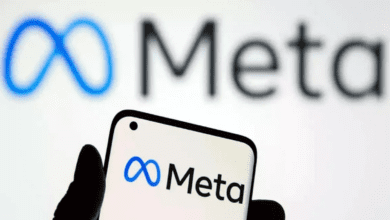How Conversational UPI Functions, Hello? The Complete Guide to Voice-Based Payments
Even though UPI transactions have seen substantial growth, the UPI app will soon acquire a new feature: voice-enabled UPI payments. Users will soon be able to pay money to anybody by using just voice instructions rather than text-based inputs thanks to this.
The conversational UPI was introduced last week at the Global Fintech Festival taking place in Mumbai, according to RBI Governor Shaktikanta Das.![]()
Hello! The voice-command-based UPI payments feature is known as UPI.
The new voice command-based function will make it simple for Indians who are proficient in their local languages to transfer money, which will be a big help to older persons and others who are new to the digital world.
Users will be able to make voice-enabled UPI payments using the new functionality via UPI Apps, telecom calls, and IoT devices in Hindi and English, with support for other regional languages coming shortly.
To transfer money, users just need to provide vocal instructions, followed by their UPI PIN, to complete the transaction.
The Bhashini program – AI4Bharat at IIT Madras and NPCI have teamed together to co-develop payment language models in Hindi and English.
The NPCI said that “Voice search queries have grown at a rapid pace of 270 percent per year” in its white paper, “Conversational Payments on UPI: Unlocking new frontiers for next-generation payments.”
UPI in Conversation: Two Modes
According to the NPCI, users won’t have to read or manually enter data to transact. To finish payments, they may instead talk to the AI-powered solution. There will be two ways to access the solution: on-call (through a voice call) and in-app (using any UPI app).
On-call: With the on-call function, customers may phone a number to get a welcome message and IVR instructions on how to finish the payment process.
In-app: With the in-app feature, users of any UPI app may make payments using their voice inputs. The existing UPI app APK will have this service on top of it. As a result, the machine will understand the vocal request and comply.
UPI in conversation: How It Operates
1) Analog human voice is first transformed into digital form.
2) Automatic Speech Recognition: Text is generated from voice input
(3) Automatic translation Next, NLP determines the users’ intent. English is generated from voice input.
4) Text-to-Speech: A computer checks the users’ intentions
5) A voice output is provided with users when the users’ goal has been fulfilled.
When a user asks the solution to check their account balance, the AI recognizes their intent using phrases like “balance” or “inquiry,” compares it to the data stored in the backend, and then executes an algorithm to fulfill their request. The algorithm in the backend becomes a template for the solution if the user’s account balance is successfully fetched by the solution. The AI learns on its own with each iteration and becomes better at fulfilling the user’s request.
Conversational Bill Payments Using BillPay Connect
Bharat BillPay offers a nationalized number for bill payments throughout India via BillPay Connect. Customers may now easily retrieve and pay their invoices on the chat app by texting a simple “Hi.” Additionally, clients will be able to pay their bills by making a missed call if they don’t have cellphones or quick mobile internet connection.
Customers will get a call back right away to verify their information and authorize their payment. BillPay Connect also provides the option for voice-assisted bill payments. On their smart home devices, customers may use voice commands to retrieve and pay invoices and get immediate voice confirmation. Additionally, bill payments performed at physical collection centers using payment soundbox devices will be able to get fast voice confirmations.
This change seeks to increase security and bolster confidence for both clients and collection facilities.







